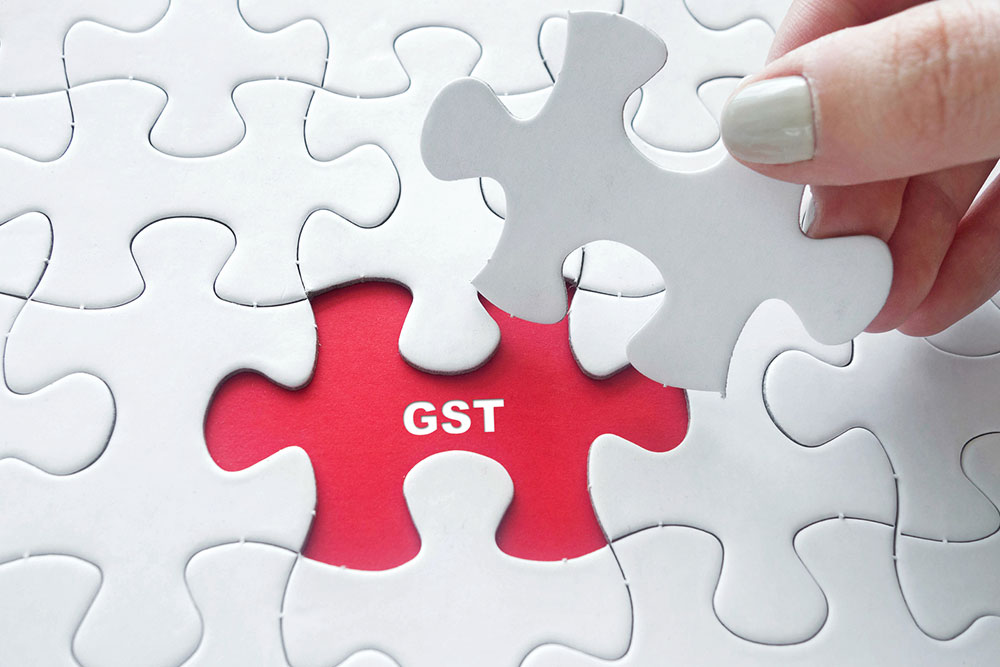Essential Guide to GST Payments and Refund Procedures
This comprehensive guide explains GST payment methods, calculation, and refund procedures in India and Canada. It covers different GST types, responsibilities of taxpayers, and how to claim refunds. The article offers practical insights into compliance and benefits for businesses and individuals, ensuring proper adherence to tax regulations and maximizing refunds where applicable.
Sponsored

Essential Insights into GST Payment Processes and Refund Claims
The Goods and Services Tax (GST) is a consumption tax levied on most goods and services sold within certain countries. While consumers bear the tax cost, businesses are responsible for remitting the collected GST to the government. In some cases, businesses or consumers can claim refunds on the paid GST. Here’s a comprehensive overview of GST payments and refund procedures to help you understand the process better.
GST in India
India categorizes GST into three main types:
IGST: Paid for interstate supply of goods, directed to the central government.
SGST: Paid for intrastate transactions and proceeds to the state authorities.
CGST: Also applicable for intra-state transactions, but collected by the central government.
Businesses are also required to make various other taxes such as:
TDS: Tax deducted at source, deducted from payments made to suppliers.
TCS: Tax collected at source, especially applicable to e-commerce traders, where 2% TCS is deducted from payments.
Reverse Charge: When the recipient is responsible for paying the tax instead of the supplier.
Additional charges such as interest, late fees, or penalties may also apply where relevant.
GST Payment Calculation
The amount payable is determined by subtracting Input Tax Credit (ITC) from the total outward tax liability. TDS and TCS are deducted from the gross GST amount to arrive at the net payment. Any applicable interest or penalties are added to this figure.
Payments are typically filed under GSTR-3, usually by the 20th of each month. Payments can be made online or offline through the GST portal. If the GST liability exceeds ₹10,000, online filing is mandatory.
GST Refunds
Refunds can be claimed online via the GST portal within specified deadlines. Common reasons for refunds include:
Tax refunds for international travelers
Refunds for taxes paid by embassies or UN bodies
ITC accumulated due to tax-exempt or zero-rated outputs
Finalization of provisional assessments
Exports or deemed exports eligible for rebates or refunds
GST in Canada
Canada applies GST and Harmonized Sales Tax (HST), covering most goods, services, and certain property transactions like land and buildings. The GST rate is 5%, while HST rates vary across provinces due to regional differences.
GST Payment Responsibilities
Most individuals purchasing taxable goods or services are required to pay GST/HST, except for certain groups such as registered persons under the Indian Act or organizations controlled by Indian bands.
GST Refunds and Credits
Canada offers GST/HST credits to low- and modest-income individuals, paid quarterly to reduce the tax burden. In some cases, eligible families also receive provincial or territorial credits based on their annual expenditures.
Eligibility for GST Credits
To qualify, applicants must meet certain criteria, such as having net family income below specific thresholds (e.g., between $52,255 and $69,105 in 2022), being Canadian residents, and being aged 19 or older, among other factors. Filers with or without children must complete specific forms like RC66 or RC151 to apply for these credits. Check the Revenue Canada's website for detailed eligibility info.






